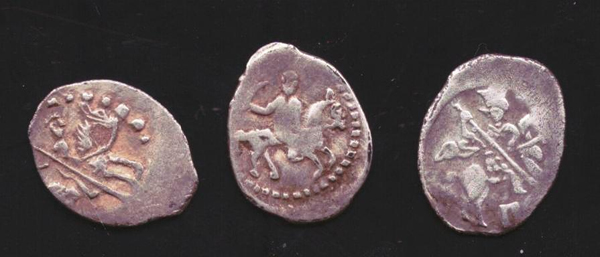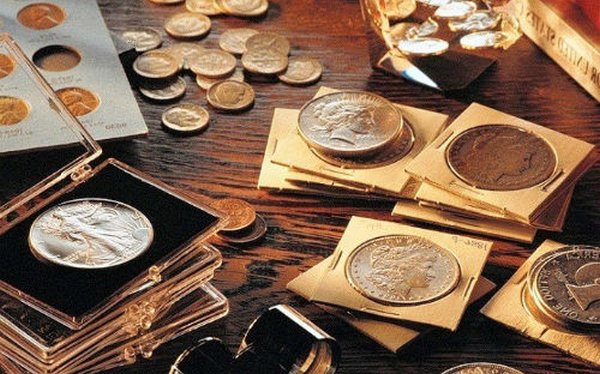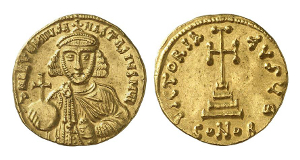Byzantine emperors
The Great Migration of Nations (4th-6th centuries AD)
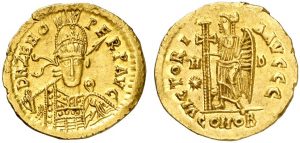 The prevailing idea that the hordes of barbarian peoples invaded the borders of the Roman Empire and thus caused its fall is outdated and no longer corresponds to the findings of modern historical science. First, a large number of Germans were in the (military) service of the Roman Empire even before the so-called. the migration of peoples, and, secondly, it is not a question of homogeneous ethnic tribes, but rather of mixed alliances concluded for specific purposes. These alliances and opposed the troops of the late ancient states. Continue reading
The prevailing idea that the hordes of barbarian peoples invaded the borders of the Roman Empire and thus caused its fall is outdated and no longer corresponds to the findings of modern historical science. First, a large number of Germans were in the (military) service of the Roman Empire even before the so-called. the migration of peoples, and, secondly, it is not a question of homogeneous ethnic tribes, but rather of mixed alliances concluded for specific purposes. These alliances and opposed the troops of the late ancient states. Continue reading
Byzantine coins (ca. 500-1453)
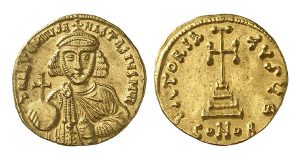 The fall of the Roman Empire was in the late Middle Ages, at least in the east of Europe. After the death of Emperor Theodosius I in 395, the Roman Empire was divided into two parts, and in its eastern part a “Byzantine Empire” was formed, the name of which comes from the original name of the capital “Byzantium”. At the same time, the “Byzantine” empire became known only in the historical science of modern times. The Byzantines themselves always considered and called themselves “Romans” and never “Byzantines”. Continue reading
The fall of the Roman Empire was in the late Middle Ages, at least in the east of Europe. After the death of Emperor Theodosius I in 395, the Roman Empire was divided into two parts, and in its eastern part a “Byzantine Empire” was formed, the name of which comes from the original name of the capital “Byzantium”. At the same time, the “Byzantine” empire became known only in the historical science of modern times. The Byzantines themselves always considered and called themselves “Romans” and never “Byzantines”. Continue reading


